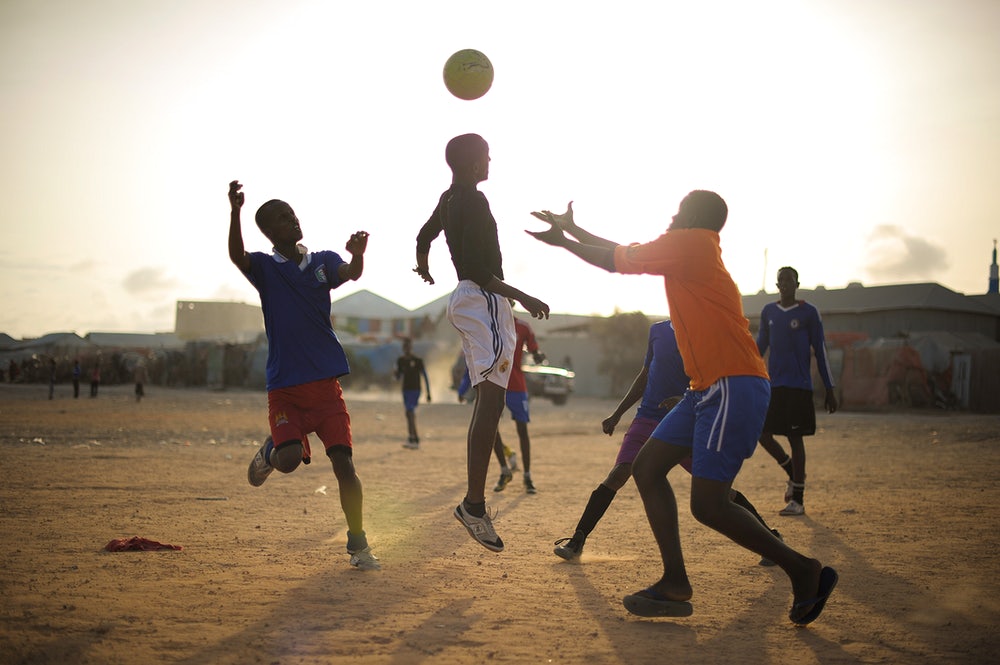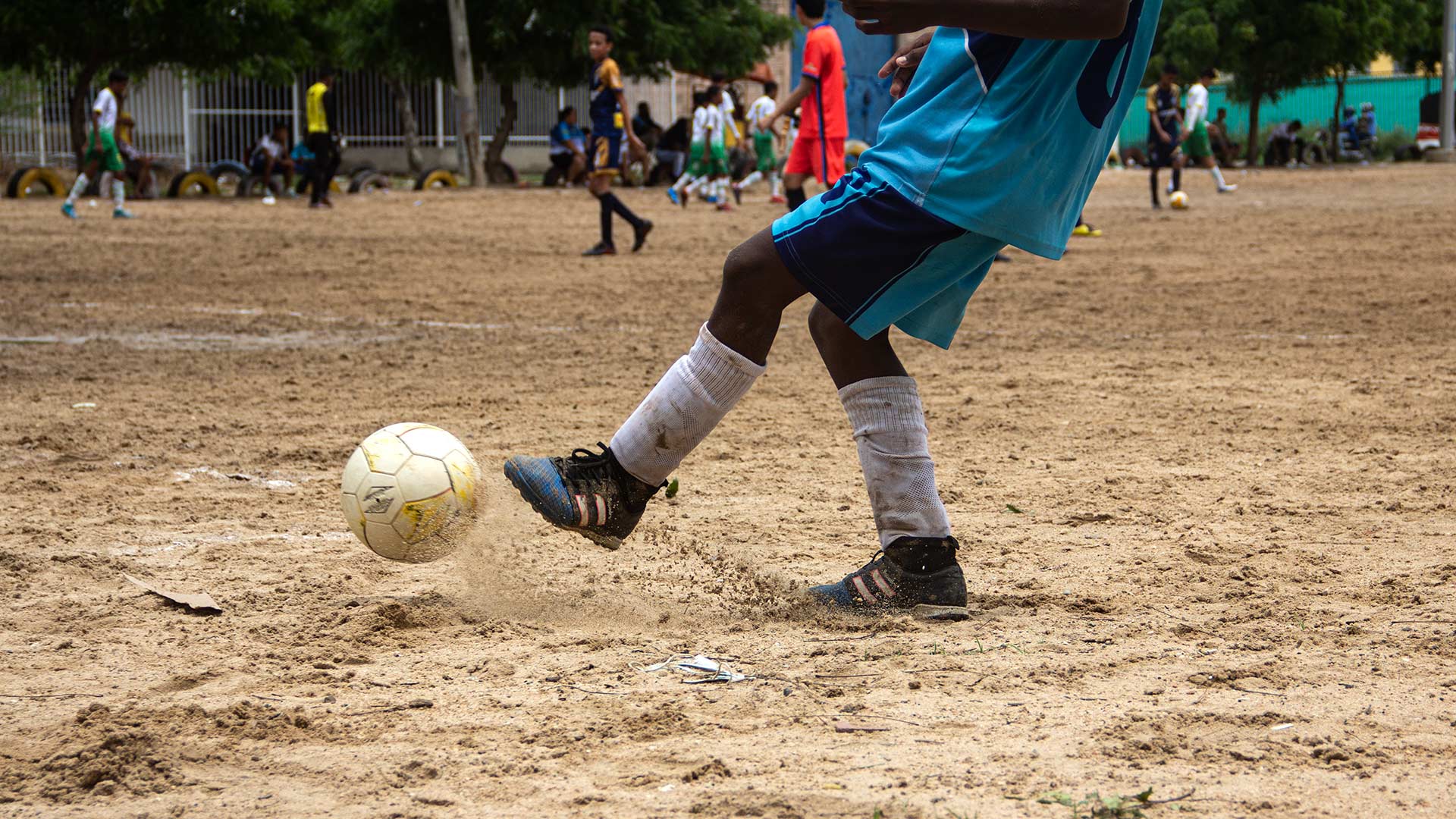When it comes to enormous distances, nothing can beat a Tarahumara runner. Not a racehorse, not a cheetah, not an Olympic marathoner. Few people have seen the Tarahumara in action, but over the centuries amazing stories about their resistance and superhuman tranquility have filtered from the ravines.
Sport is part of any society. Whether as a daily practice or as a media spectacle, it is an activity included in all cultures of the world that seeks individual or common objectives related to leisure, professionalization, or physical, psychological, and emotional well-being.

Nowadays, we are all aware of the undeniable benefits of sport at different levels: on the physical level, for the improvement of general health; On a psychological level, by promoting self-esteem and the ability to face situations of stress, depression, etc.; and on the social level, since it reinforces social skills and collective identity.
But sport goes much further.
Being a cultural product, sports practice allows the transmission and acquisition of social and moral habits and values. Sport presents a link with identity and culture, being a way of socialization and individual and collective development.
Sport, a reflection of social ideas and values
Sports activity, like the rest of the elements that make up the cultural paradigm, is a reflection of the sociocultural aspects of the society in which it takes place. It is one of the most characteristic, visible, and easily extended elements.
Through sport, deep-rooted behaviors, values, and habits of different cultures are reproduced. Therefore, it represents a complex system that must be adjusted to different groups, based on their cultural patterns and their value system.
Sport contains a lot of information about society since it is not only a recreational element but also a cultural, political, economic, scientific, and social element.
Thanks to this, different groups can express their collective identity through sport. And, in the same way, the same sports practice can receive a different interpretation, according to different sociocultural aspects.
It entails, therefore, an interpretative dimension strongly linked to the rite.
As a ritual, sport implicitly carries immense symbology that offers clues on how to perceive, interpret, and understand the world, to be able to function in a specific cultural context.
Sports culture Sport as a mechanism of social change
As we have mentioned, sport is a cultural product created by society. Therefore, it is part of that collective imaginary that encompasses the system of values, beliefs, customs, ideas, habits, and behaviors, shared and transmitted by the members of a society and that make up its culture.
Therefore, sports culture refers to the link by which a group identifies with a specific physical sports activity. Sport connects people and integrates them into a system of shared norms and behaviors.
In this sense, sports culture eliminates barriers between people and social groups, promoting community participation and the development of social skills.
Sport is frequently used as a tool for inclusion, education, and even rehabilitation for different individuals and groups. In this way, it acts as a mechanism of social change.
Sport as a transmitter of values
As you have seen, sports practice functions as a means of transmitting values and cultural elements of society. Mainly in the case of team sports, participants can experience an increase in values such as cooperation, tolerance, equality,y, and inclusion.
In this sense, athletes are becoming relevant figures within our societies, helping to make visible and enhance the culture of peace based on an egalitarian system, that that rejects any type of discrimination based on race, gender, religion, or age. , nationality, etc.
Thus, sports culture is made up of a series of elements that are easily transmitted:
- Playful component through play, we can better understand the reality that surrounds us, and we learn to interact and communicate.
- Symbolic component sport prepares us to face different situations that could occur in daily life.
- Element of relaxation: sport as a leisure activity helps us relax and avoid aspects of life that could cause us discomfort.
- Agonistic component: through the competitiveness generated, people learn to develop their instinct to overcome problems.
- Normative and regulatory elements: the rules to be followed in each sporting practice help us become familiar with the system of rules established within a society, necessary to facilitate respect and social coexistence.
As always, sports culture is not something stagnant and immovable. It is a living system that evolves with societies. As aspects such as their customs, traditions, ideas, and behaviors change, so does the system of values, activities, and skills transmitted through sport.
The case of the Tarahumara Born to run
In this work, a very clear idea is captured: human beings are programmed to move, we must remain active by nature. This is demonstrated by the Tarahumaras, a Mexican tribe whose inhabitants are considered the best runners in the world.
And it is not that they have spectacular genetics or physical conditions that make them stand out from the rest. They just run, naturally, without questioning anything about it. Running is part of their life, their culture, it is something as natural as breathing.
And there are no prejudices or mental limitations in this regard. They do not stop to consider whether they have enough strength or time, whether they have adequate materials, or whether they are too old.
The only thing they understand is that they have a body that allows them to move as they please. Our body and mind need to be used, they need to be continually exercised.


